Human Brain-Mimic Created By Scientists, One Step Closer To Growing Real Brain-Like Tissue
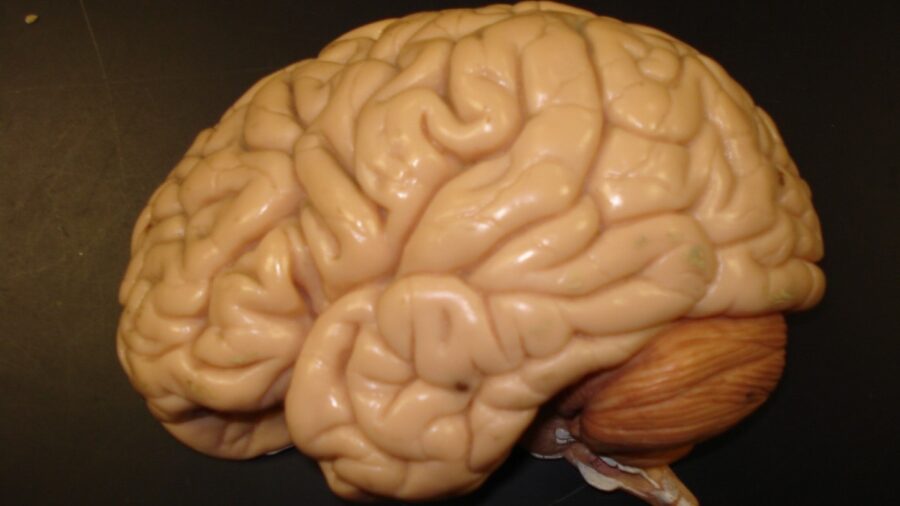
We’re living in the age of Blade Runner because we’ve finally figured out a way to bioengineer brains very similar to those of humans. While we’re still a far cry from indistinguishable replicants, scientists at the University of Tokyo in Japan have created a technique for developing lab-grown brain-mimicking tissue that’s strikingly similar to the circuits in our own brains.
Hard to Study The Human Brain
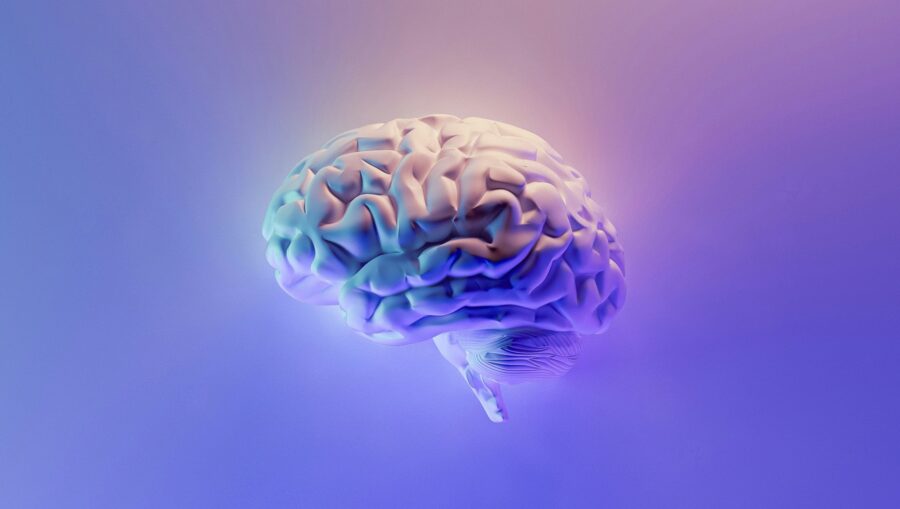
Besides proving all those who said it couldn’t be done wrong, the scientists in Tokyo, led by Dr. Yoshiho Ikeuchi, embarked on this ambitious endeavor to study the human brain and avoid the limits researchers face when studying animal brains, which are too dissimilar to humans. Studying the human brain in its natural state is hard to do, not only because fresh human brains are hard to come by, but it can be compromised postmortem (as Dr. Godwin Baxter discovered in Poor Things). Creating a brain mimic tissue helps address some of these challenges.
This is hardly the first time a lab has recreated human brain tissue, but previous efforts lacked the circuit mimic factor that’s essential for studying what makes the human brain so human. However, while these studies didn’t accomplish what the Tokyo team managed to do, Dr. Ikeuchi credits previous efforts for “advancing the field.”
Lab-Grown Brain Tissue
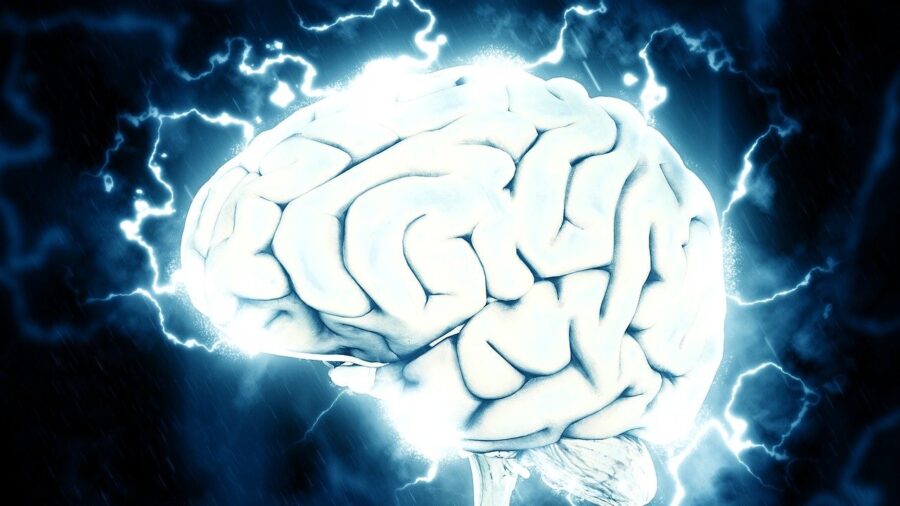
Taking previous studies a step further in evolution, the Tokyo researchers devised a method to enhance the physiological connectivity between lab-grown neural organoids, which are experimental tissue models cultivated from human stem cells and structured into three-dimensional brain-like formations to mimic developmental processes. They accomplished this by connecting the organoids through axonal bundles, mirroring the interconnectedness observed in regions of the living human brain. According to Dr. Ikeuchi, this resulted in simple electrical activity.
Mimic The Basic Function Of The Brain
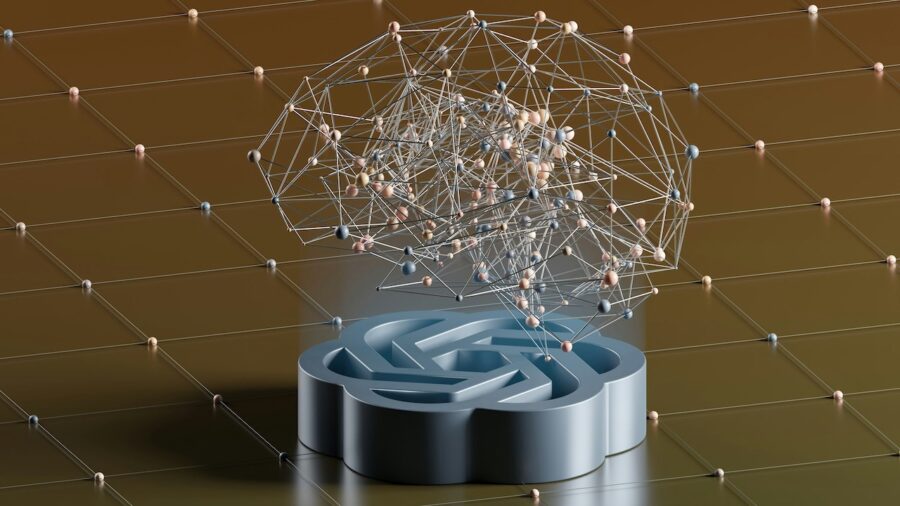
When the scientists linked two brain-mimic neural organoids using axonal bundles, they saw how these connections helped the structures communicate with each other, causing them to produce similar patterns of activity. This is similar to how different parts of the brain communicate with each other in the human brain. Even better, these bundles proved more complex (more realistic) than previous techniques had accomplished.
Additionally, when scientists stimulated the brain-mimicking tissue with a technique called optogenetics (genetically modifying neurons to make them sensitive to light), the organoids proved to be capable of neuroplasticity, an adaptive process that changes the structure and function of the brain.
Understanding Complex Neural Networks
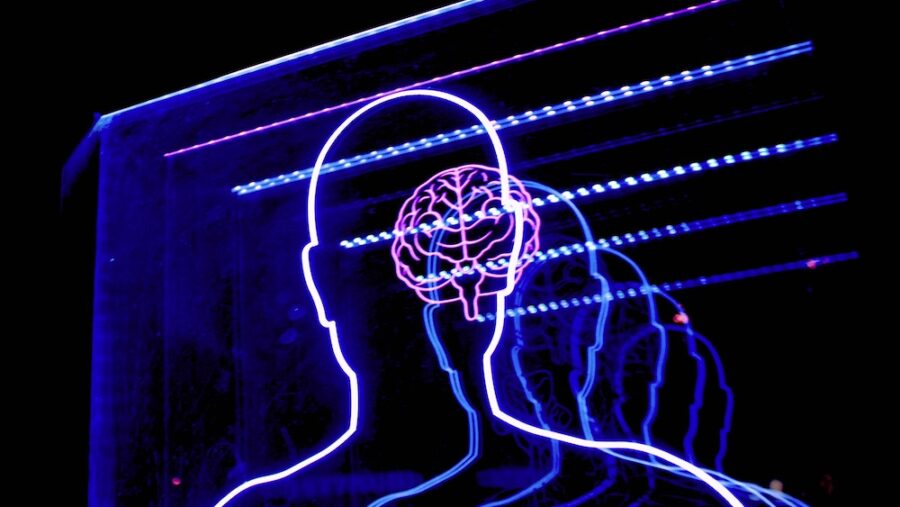
The findings from the brain mimic suggest that axonal bundle connections are key to developing complex networks like the human brain. These complex networks enable humans to talk, pay attention to people or environments, and feel emotions. Alterations in these networks also cause neurological and psychiatric conditions.
As the Tokyo team continues to create this brain-mimetic tissue in their lab, the hope is that their studies will improve our knowledge of these complex networks, including how they form and change over time and in different environments. These studies will hopefully lead to improved treatments for those suffering from neurological and psychiatric challenges.
Source: Nature Communications












